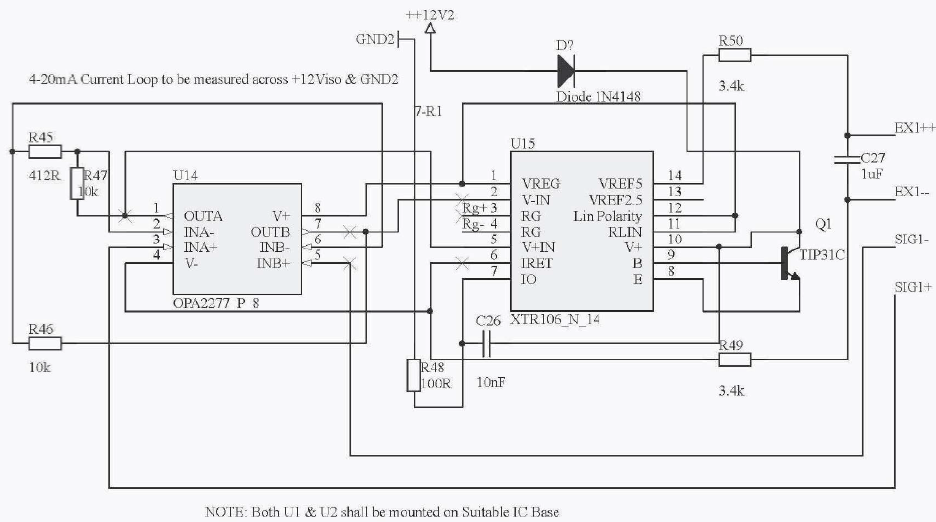Other Parts Discussed in Thread: XTR106
Presently we are using OPA2277 in one of our application. We would like to know how to order / identify matched pair of Op-Amp so that the output of both the Op-Amps are closely matched to each other. Presently in our testing we find that there is upto 28% difference in the outputs of Op-Amps of different lots. We have the following results displayed as ADC output.
OpAmp 1 Channel A : Average ADC count is 16904 ; Channel B Average ADC count is 15259; here the difference is 1645 [9.7 %] which is acceptable.
For the same sensor with different Op-Amp
OpAmp 2 Channel A : Average ADC count is 11028; Channel B Average ADC count is 15368; here the difference is -4340 [-28.2 %] which is un-acceptable.
Ideally, we would like to have same output for same sensor.
Kindly advice.


